What happens on the British Museum’s £950 private tour

It would be an exaggeration to say that, in the summer daylight of 8.55am, Great Russell Street is empty. There are commuters striding in earnest towards offices, and the branch of the major American coffee franchise directly opposite the front gates has its lights on.
But there is still something notable about the British Museum at this relatively early hour. And that is the absence of people. Or, at least, the absence of the many people who will pool outside it a little later in the day – forming a queue that snakes around the courtyard.
We are also people. But we are a smaller group, of 12. And there is a reason why we are here, 65 minutes before the doors of Sir Robert Smirke’s neo-classical wonder are due to be unbolted. We are going “behind the scenes” at London’s foremost cultural landmark.
We have not come far. From just around the corner, in fact – where The Montague on the Gardens is almost as grand a proposition; a classic London townhouse hotel, all afternoon teas, live jazz performances and Bloomsbury finesse.
But as of last month, it is also a tour guide – or, at least, the organiser of “Conflict and Conservation”, a tour which gives those happy to pay for the privilege access to the British Museum beyond its standard schedule.
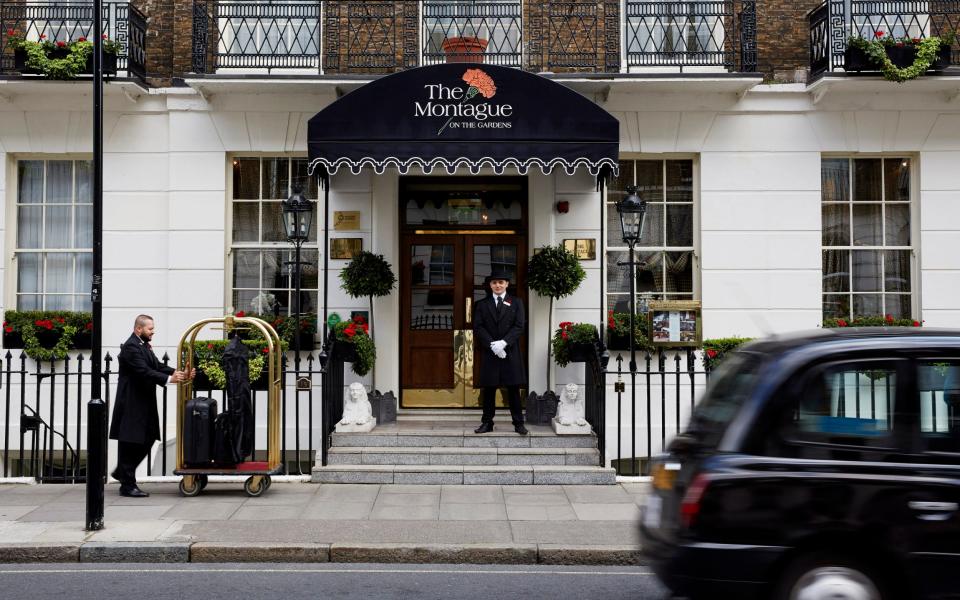
The irony is that “privileged access” does not amount to entering the museum between the eight epic Corinthian columns of the main façade. Instead we tack right, to head in via one of the staff doors. At a stroke, the architectural splendour of the exterior is swapped for something rather more scratched and pragmatic; service corridors and storage spaces.
But the inner channels of the British Museum are no less fascinating for their various scuff-marks. Guide Matt Harrison explains that, during the Second World War, these bowels of the structure acted as bomb shelters for the institution’s legions of staff.
And as we wander further in, we pass facilities and features that are invisible to the public gaze. There, on the right, is the Hirayama studio – a specialist area for the repair and restoration of artworks from Southeast Asia. My attention is also drawn to a closed door, to which is pinned the striking admonishment: “Egypt: No unauthorised access”.
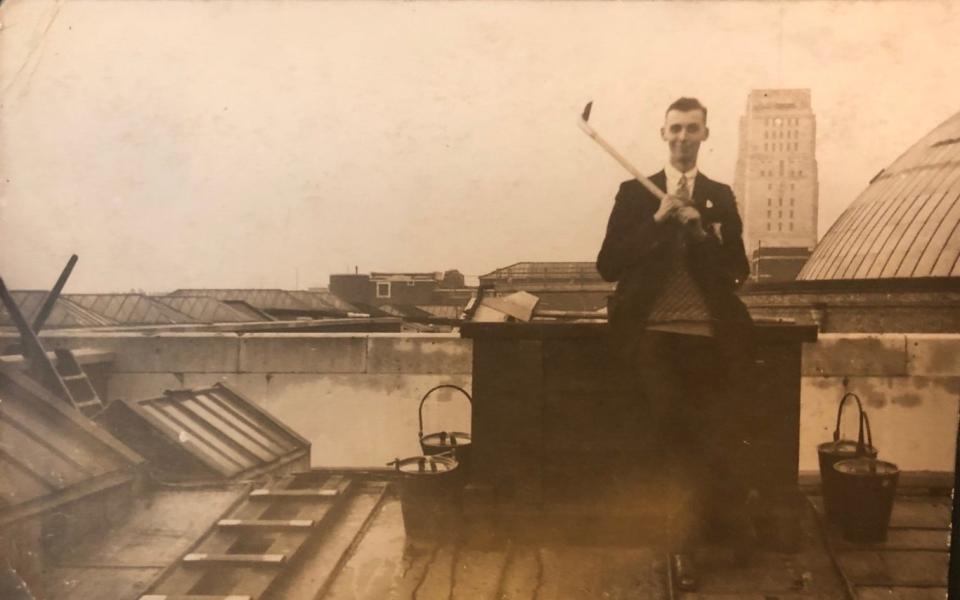
It is only when my over-eager eye tracks down to the rest of the message – “Mummy Tins, Turath Scarves, Soft-Toy Anubis” – that I realise it is just a stock room for the gift shop.
The tour is not cheap – £950 for groups of up to 12; a figure you might deem all the more expensive when you remember that basic entry to the museum is free. And it would be awful value were a cupboard of souvenirs the limit of the excitement. But after climbing two flights of an internal staircase, we emerge, thrillingly, into the Enlightenment Gallery. Thrillingly? Why yes.
There is an element of Harry Potter in Hogwarts, or perhaps, the secret passageways on the corner of Cluedo boards (delete according to your preferred generational reference point) about stepping into this fabled area through a hidden door.
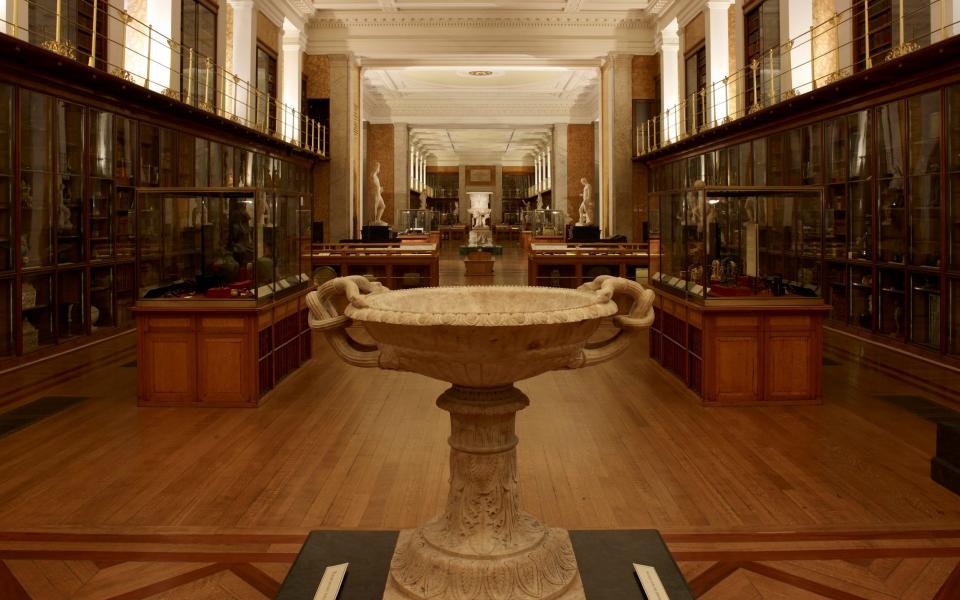
Disguised as part of the bookcase, it disappears almost as soon as it is re-locked. When we depart the gallery minutes later, I struggle to spot it, unidentifiable but for its keyhole.
A rather more obvious joy is that the tour makes for time in the Enlightenment Gallery when it is otherwise deserted. On a normal visit, you must politely wait your turn to look at the Sloane astrolabe – or the second century Piranesi vase, plucked from Hadrian’s ruined villa in Tivoli. Here, at 9.20am, the view is unimpeded – and burnished by silence.
Of course, there is more to the tour than the sensation of exploring a famously popular attraction with little but your own impressions for close company. As its name – as well as Harrison’s allusion to bomb shelters – makes clear, “Conflict and Conservation” focuses on a period in the British Museum’s own history that is rarely mentioned amid the ancient artefacts and priceless exhibits: The war – and its perilous position within it.
Few parts of London escaped German bombardment, and Bloomsbury was no different. The evening of May 10-11 1941, at the tail-end of the Blitz, was particularly damaging for the British Museum.
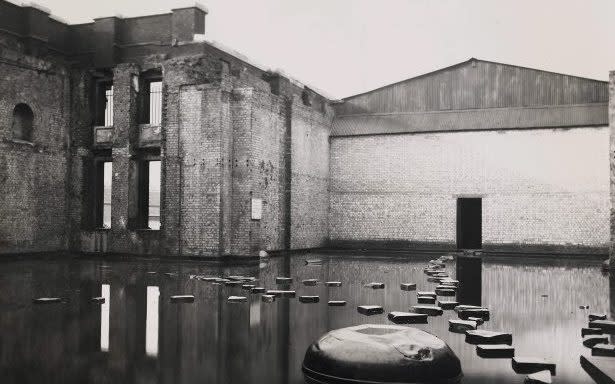
As we wander past its Roman marvels (not least the remarkable bust of Augustus with painted eyes, found at Meroe in Sudan in 1910), Harrison shows us a photo of Room 70 following that night of hell – its roof gone, the floor slick with water.
By that late point in the Luftwaffe’s assault, most of the museum’s key treasures were safely stashed below ground – although at least 200,000 irreplaceable manuscripts and medieval texts were lost to fire and flood.
Another perspective is that the institution avoided the worst of the attacks. One rumour, Harrison adds, is that Hitler had designs on Senate House – the Art Deco giant a block north of the museum – as his potential headquarters in a conquered Britain, and that Bloomsbury suffered less as a consequence.
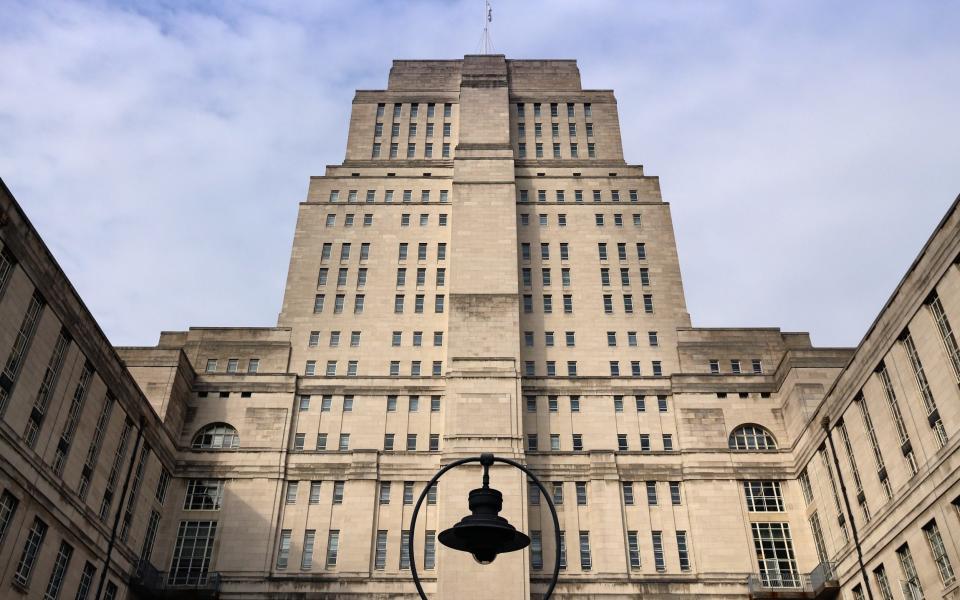
Whatever the truth of this, time itself will not be conquered. We are in Room 37 when a gorgeous 16th-century carillon clock chimes the arrival of 10am.
Almost at once, the espresso machine in the adjacent cafe begins to whirr, and there is a low rumble from the floors below, as the public makes its way in. Within minutes, the silence has evaporated, – but the joyful rareness of this special experience stays with me, long into the afternoon.
How to do it
The “Conflict and Conservation” tour of the British Museum costs £950, for up to 12 people (from £79pp; montaguehotel.com/experiences/conflict-and-conservation-tour). Guests must be staying at The Montague on the Gardens. Double rooms start at £276.


